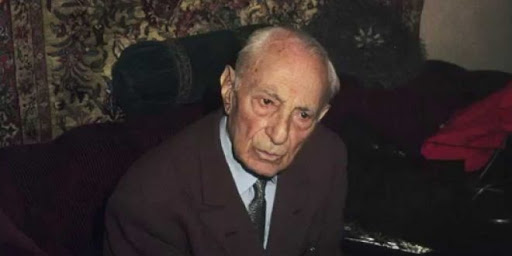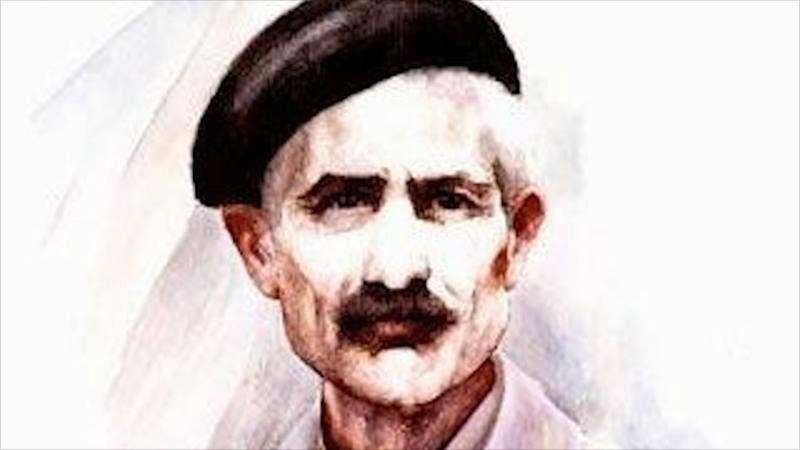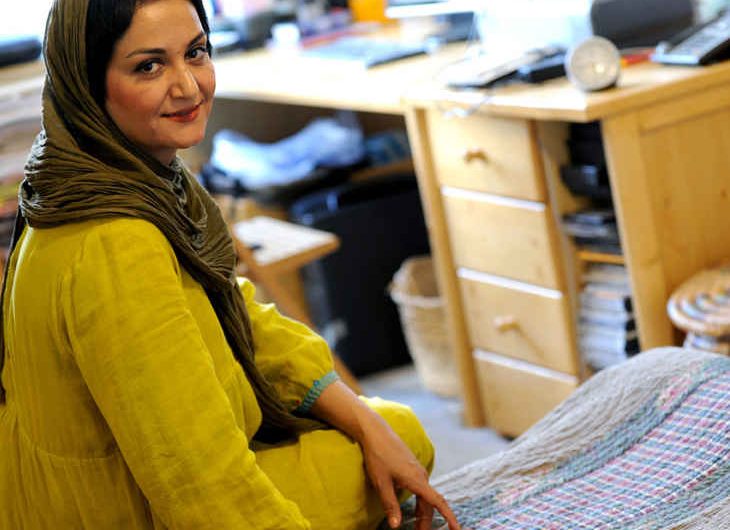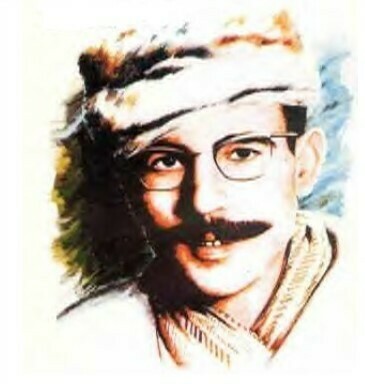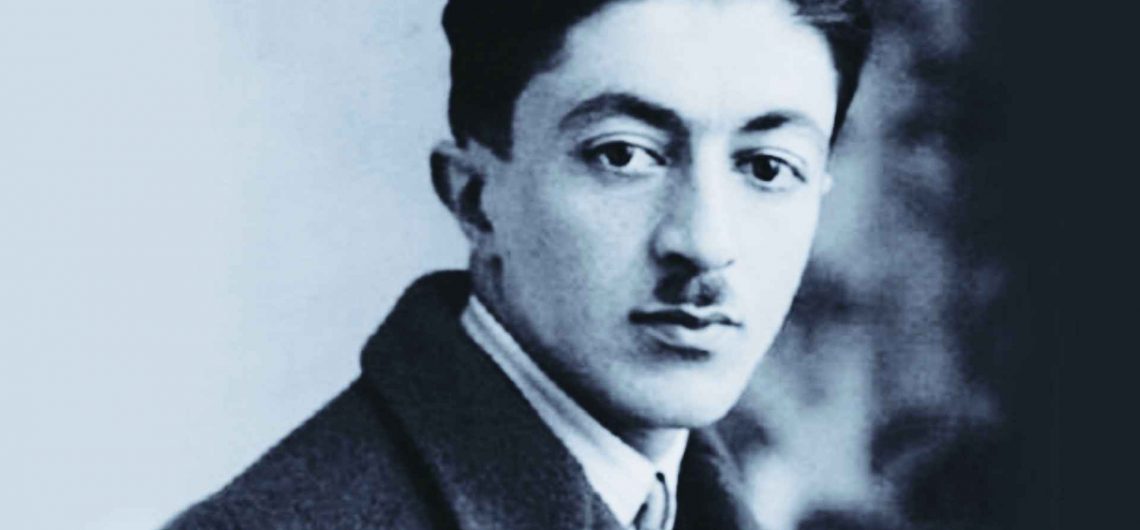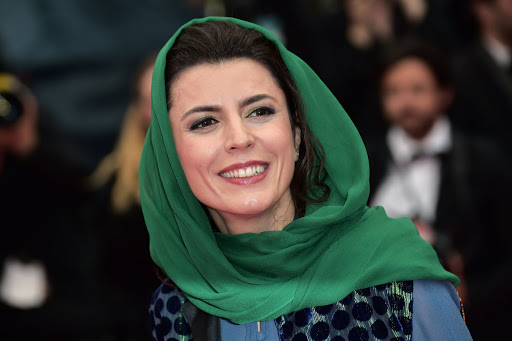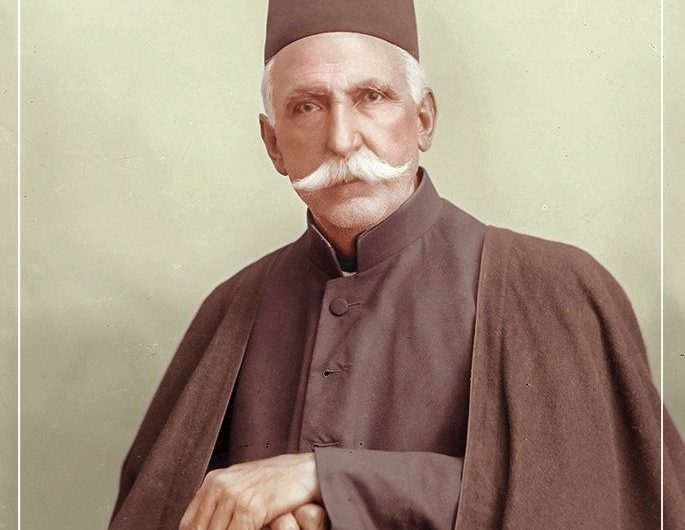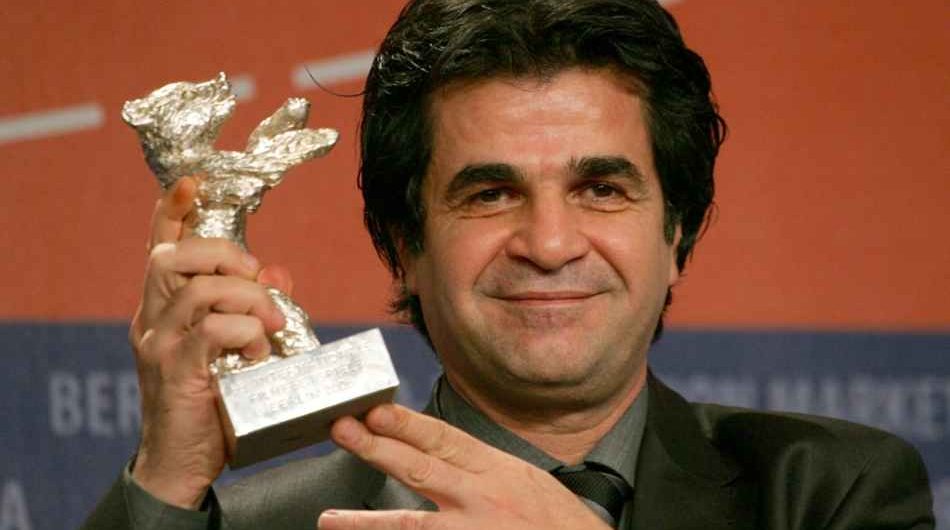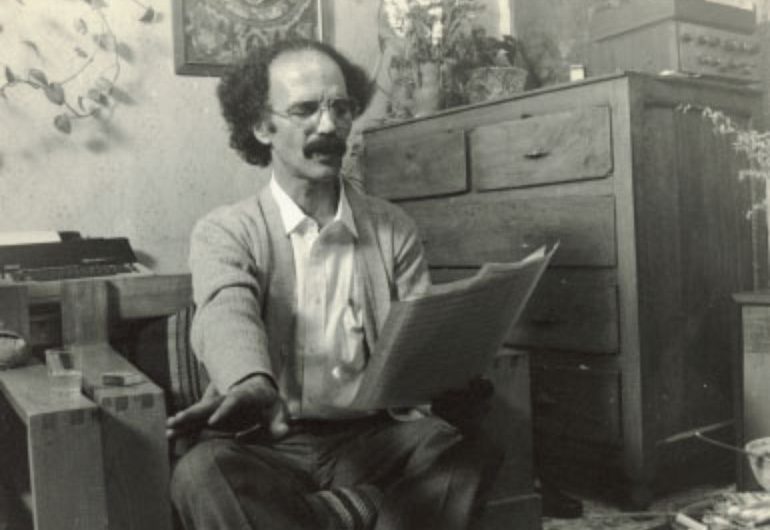Mohammad Ali Jamalzadeh Mohammad-Ali Jamalzadeh (Isfahan, 1892; Geneva, 1997) was a prominent Iranian intellectual and pioneer of modern Persian prose and the short story genre. Jamalzadeh's long and productive life spanned more than a century, a crucial period in Iran's modern history, from the Constitutional Revolution of 1906 to the Islamic Revolution of 1979 and beyond. In 1921, the publication of his collection of short stories "Yeki bud yeki nabud" (Once upon a time), notable for its direct and colloquial language, the use of Persian idioms and an immense sociological, political and critical vision, marked an important point of departure. Inflection in the development of modern fiction in Iran. However, Jamalzadeh's contributions to Persian culture go beyond the genre of the tale. During his long life (1892-1997), Jamalzadeh published novels, short stories, political and social essays, scholarly research articles, literary magazines and reviews, as well as autobiographical and biographical essays. His worldview, reflected in nearly all of his writings, is based on his unique experience of Persian language, culture, history and customs, including his experiences in Iran during a period of upheaval, revolution and unrest, and that of residence in Europe thanks to his training, his knowledge of European languages and his research methods. His distinctive dedication in his stories, essays, interviews and letters linked these two worlds and synthesized the best of both to advance modern education as the primary weapon in the fight against ignorance, poverty, oppression and injustice for the Iranian people. In 1910, Jamalzadeh left Lebanon to go to France to continue his studies. There, at the request of the Iranian ambassador, Mumtaz al-Saltanah, he went to Lausanne (Switzerland) to study law. Jamalzadeh lived in Lausanne (Switzerland) until 1911, when he moved to Dijon (France), where he continued his studies. He wrote numerous articles in the
Mohammad Ali Jamalzadeh
Mohammad-Ali Jamalzadeh (Isfahan, 1892; Geneva, 1997) was a prominent Iranian intellectual and pioneer of modern Persian prose and the short story genre. Jamalzadeh’s long and productive life spanned more than a century, a crucial period in Iran’s modern history, from the Constitutional Revolution of 1906 to the Islamic Revolution of 1979 and beyond. In 1921, the publication of his collection of short stories “Yeki bud yeki nabud” (Once upon a time), notable for its direct and colloquial language, the use of Persian idioms and an immense sociological, political and critical vision, marked an important point of departure. Inflection in the development of modern fiction in Iran. However, Jamalzadeh’s contributions to Persian culture go beyond the genre of the tale. During his long life (1892-1997), Jamalzadeh published novels, short stories, political and social essays, scholarly research articles, literary magazines and reviews, as well as autobiographical and biographical essays. His worldview, reflected in nearly all of his writings, is based on his unique experience of Persian language, culture, history and customs, including his experiences in Iran during a period of upheaval, revolution and unrest, and that of residence in Europe thanks to his training, his knowledge of European languages and his research methods. His distinctive dedication in his stories, essays, interviews and letters linked these two worlds and synthesized the best of both to advance modern education as the primary weapon in the fight against ignorance, poverty, oppression and injustice for the Iranian people.


